Malaysian condiments
Examples
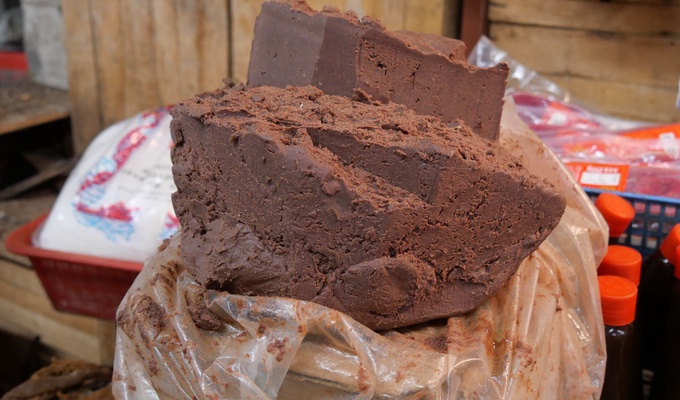
Bagoong alamang
Fermented condiment commonly used in Southeast Asian, Northeastern South Asian and Southern Chinese cuisines

Belacan
Fermented condiment commonly used in Southeast Asian, Northeastern South Asian and Southern Chinese cuisines
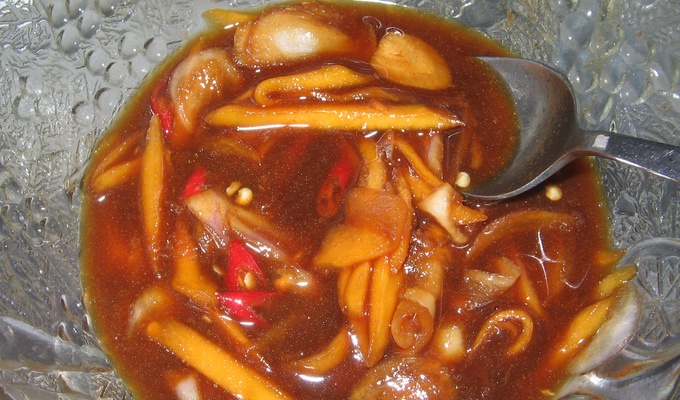
Budu
Malaysian fermented fish sauce
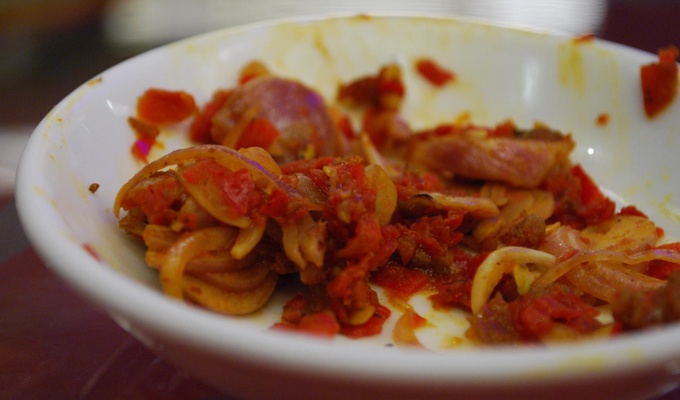
Cincalok
Boyan or Baweanese salted shrimp condiment

Galmbo
Fermented condiment commonly used in Southeast Asian, Northeastern South Asian and Southern Chinese cuisines

Haam ha
Fermented condiment commonly used in Southeast Asian, Northeastern South Asian and Southern Chinese cuisines

Kapi
Fermented condiment commonly used in Southeast Asian, Northeastern South Asian and Southern Chinese cuisines
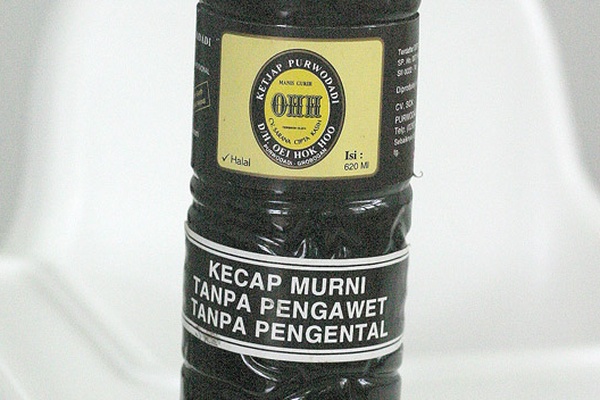
Kecap manis
Sweetened aromatic soy sauce, originally from Indonesia

Mắm tôm
Fermented condiment commonly used in Southeast Asian, Northeastern South Asian and Southern Chinese cuisines

Ngapi
Burmese fermented seafood paste and sauce

Petis udang
Fermented condiment commonly used in Southeast Asian, Northeastern South Asian and Southern Chinese cuisines
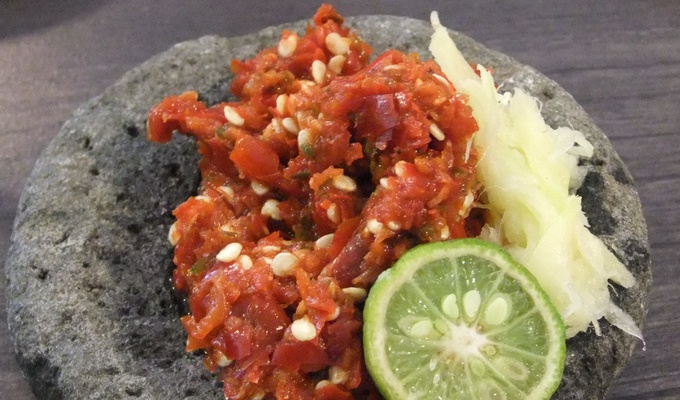
Sambal
Javanese condiment originating from Indonesian island of Java

Sambal oelek
Indonesian condiment

Shrimp paste
Fermented condiment commonly used in Southeast Asian, Northeastern South Asian and Southern Chinese cuisines

Shrimp sauce
Fermented condiment commonly used in Southeast Asian, Northeastern South Asian and Southern Chinese cuisines

Sidol
Fermented condiment commonly used in Southeast Asian, Northeastern South Asian and Southern Chinese cuisines
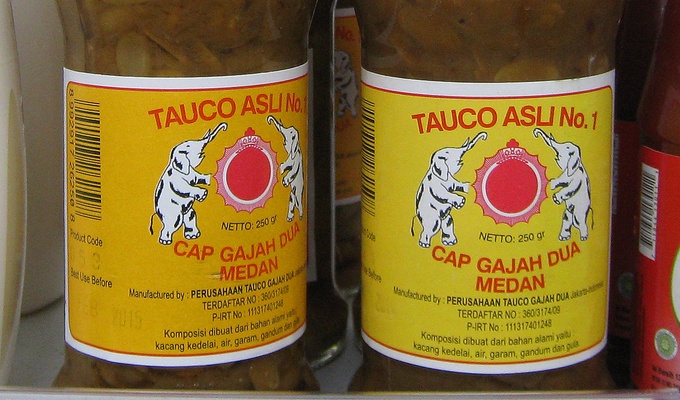
Tauco
Indonesian fermented bean paste
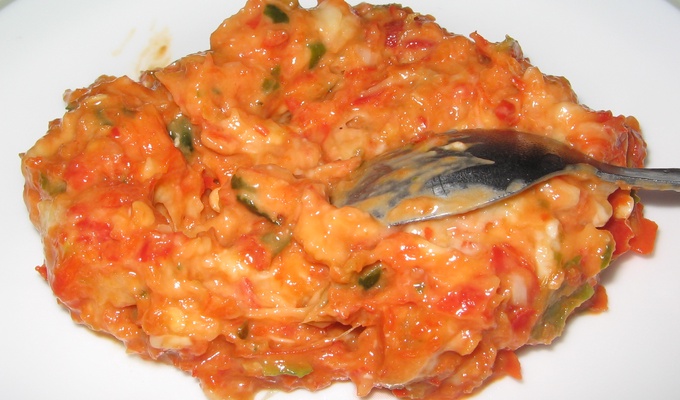
Tempoyak
Malay condiment made from fermented durian

Terasi
Fermented condiment commonly used in Southeast Asian, Northeastern South Asian and Southern Chinese cuisines
Categories:
Condiment
Characteristic of:
Malaysian cuisine
Subcategories:
Bagoong alamang
Belacan
Budums
Cincalok
Galmbo
Haam ha
Kapi
Kecap manis
Mắm tômvi
Ngapimy
Petis udangid
Sambalid
Sambal oelekid
Shrimp paste
Shrimp sauce
Sidol
Tauco
Tempoyak
Terasi
Dupes
Article content licensed under CC-BY-SA
ID: 21048